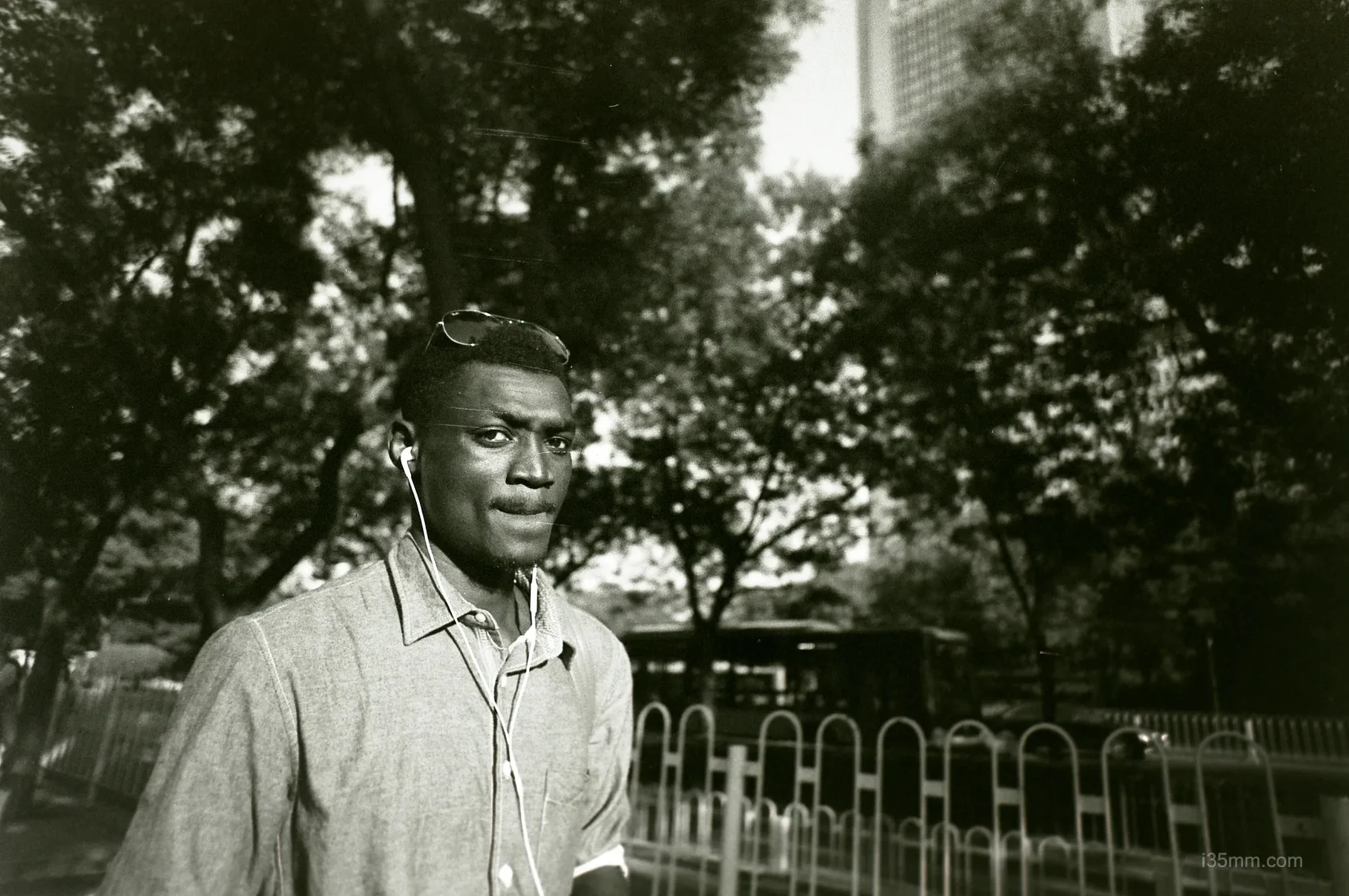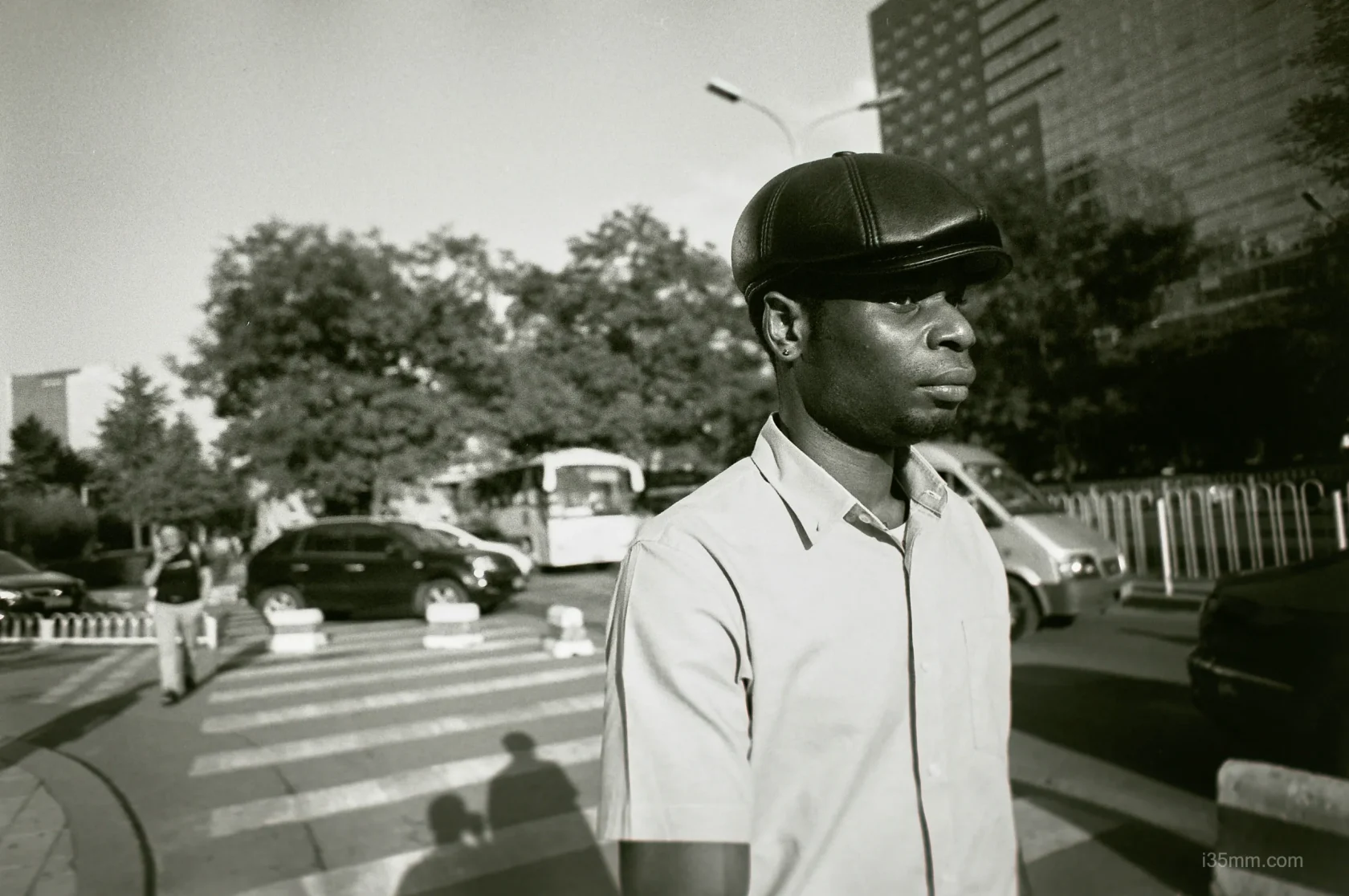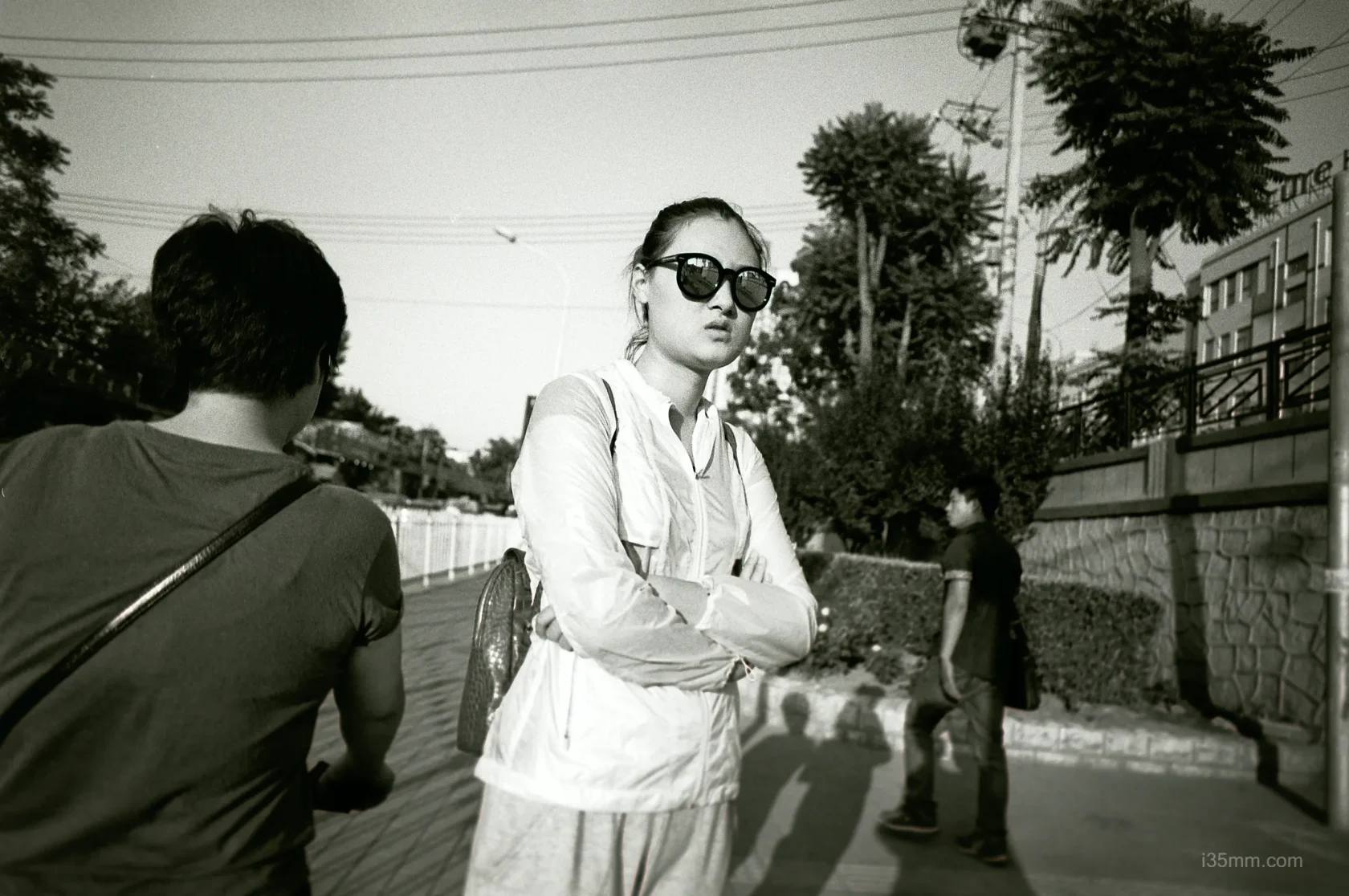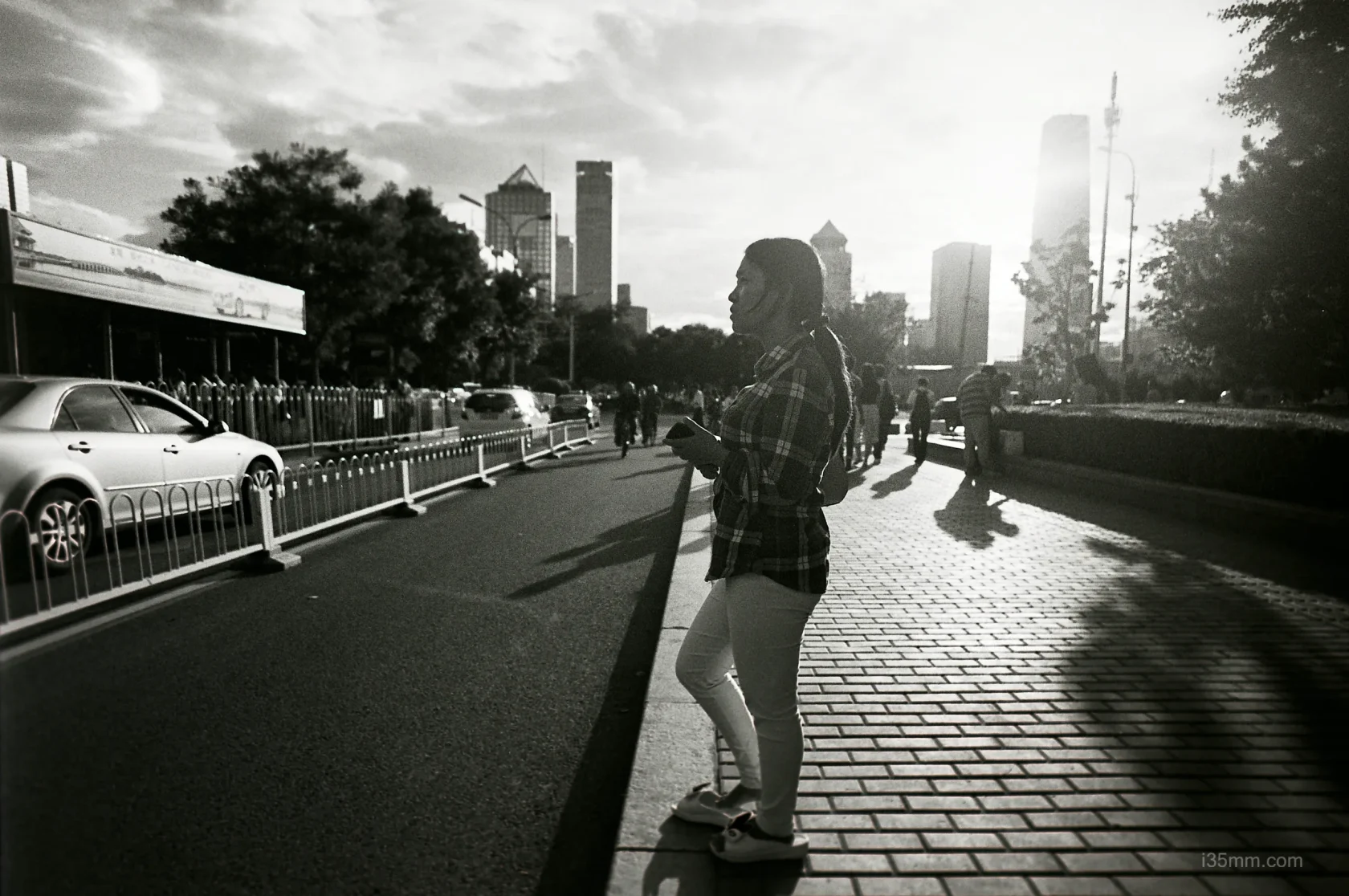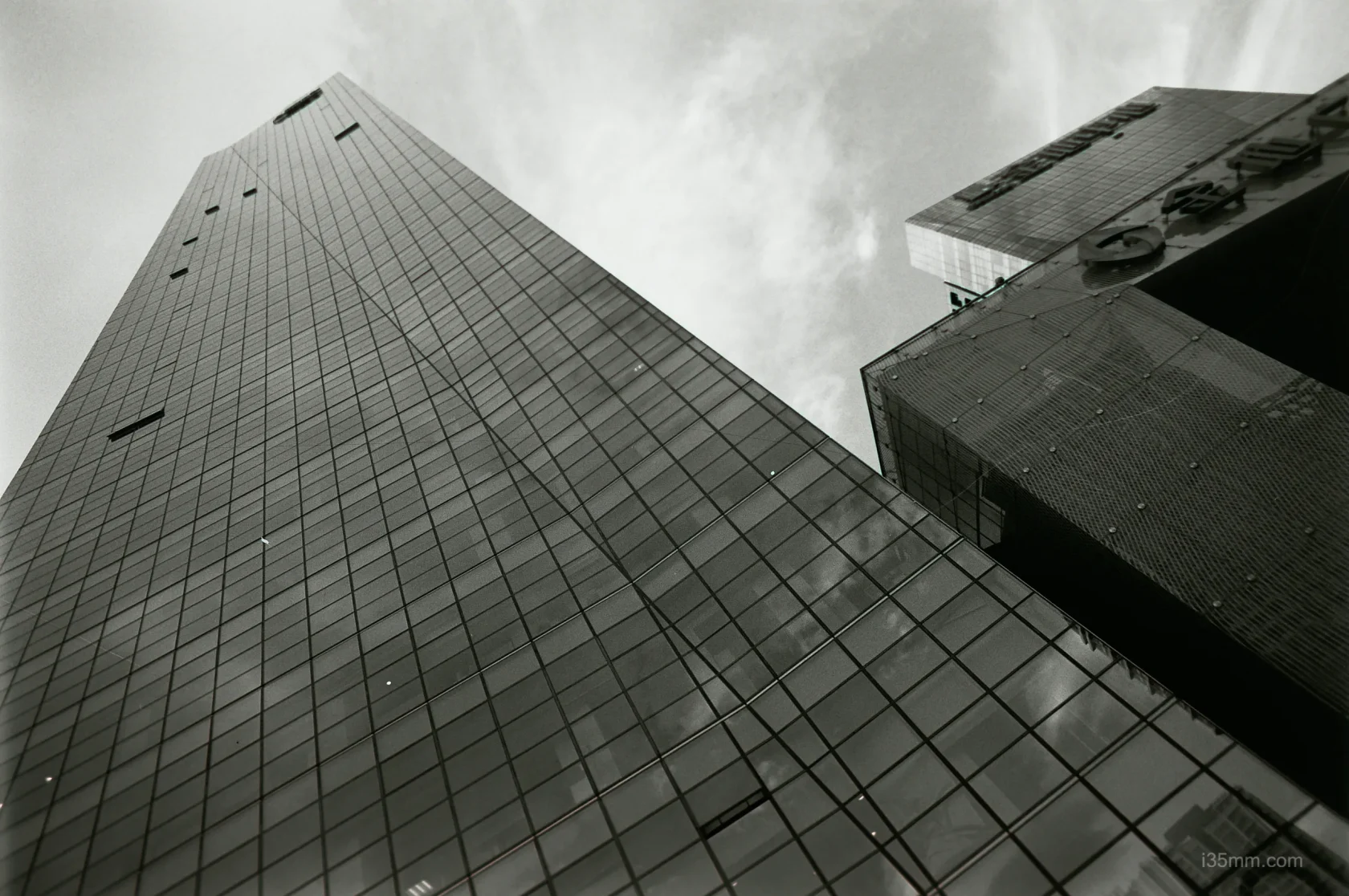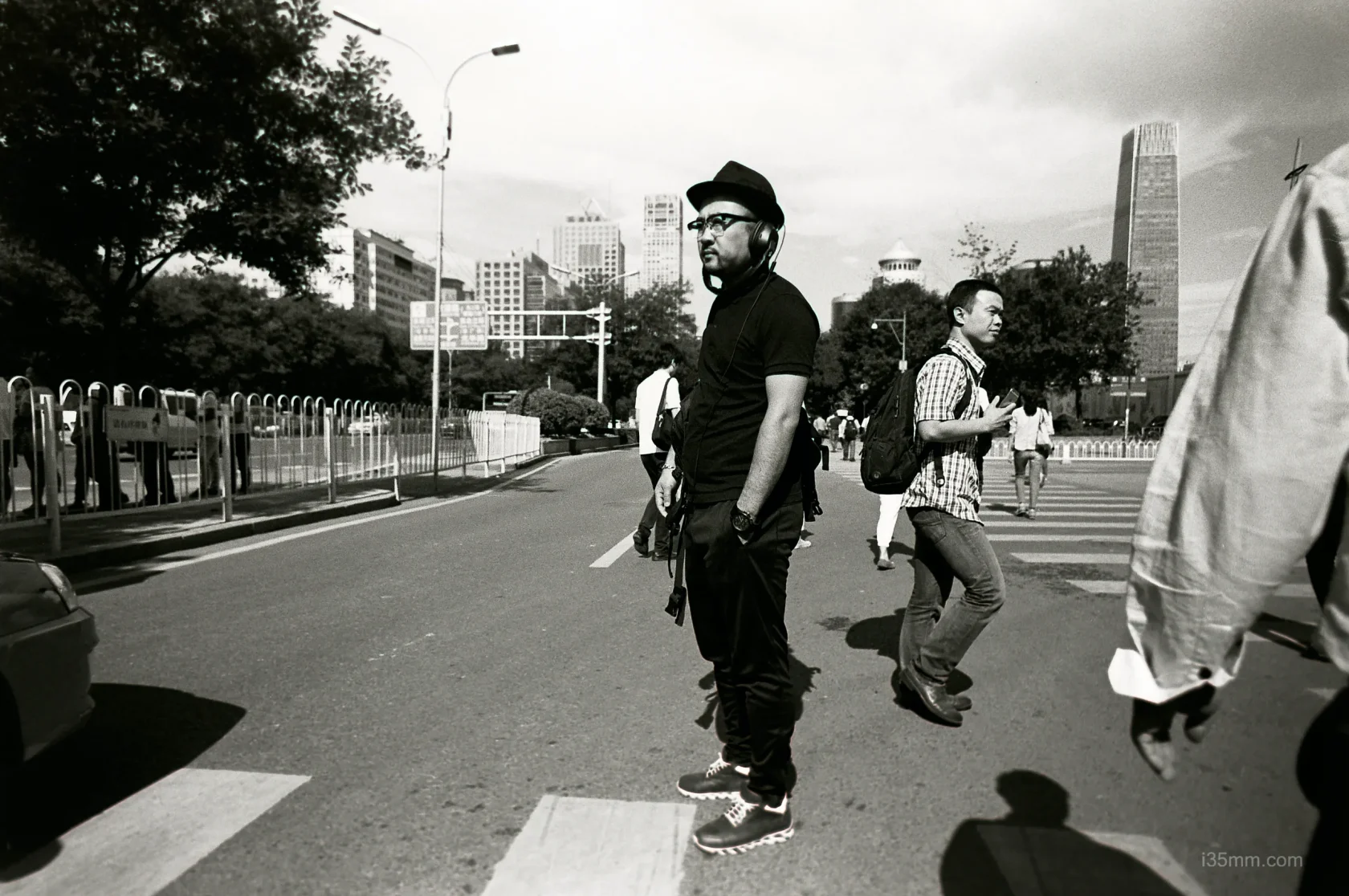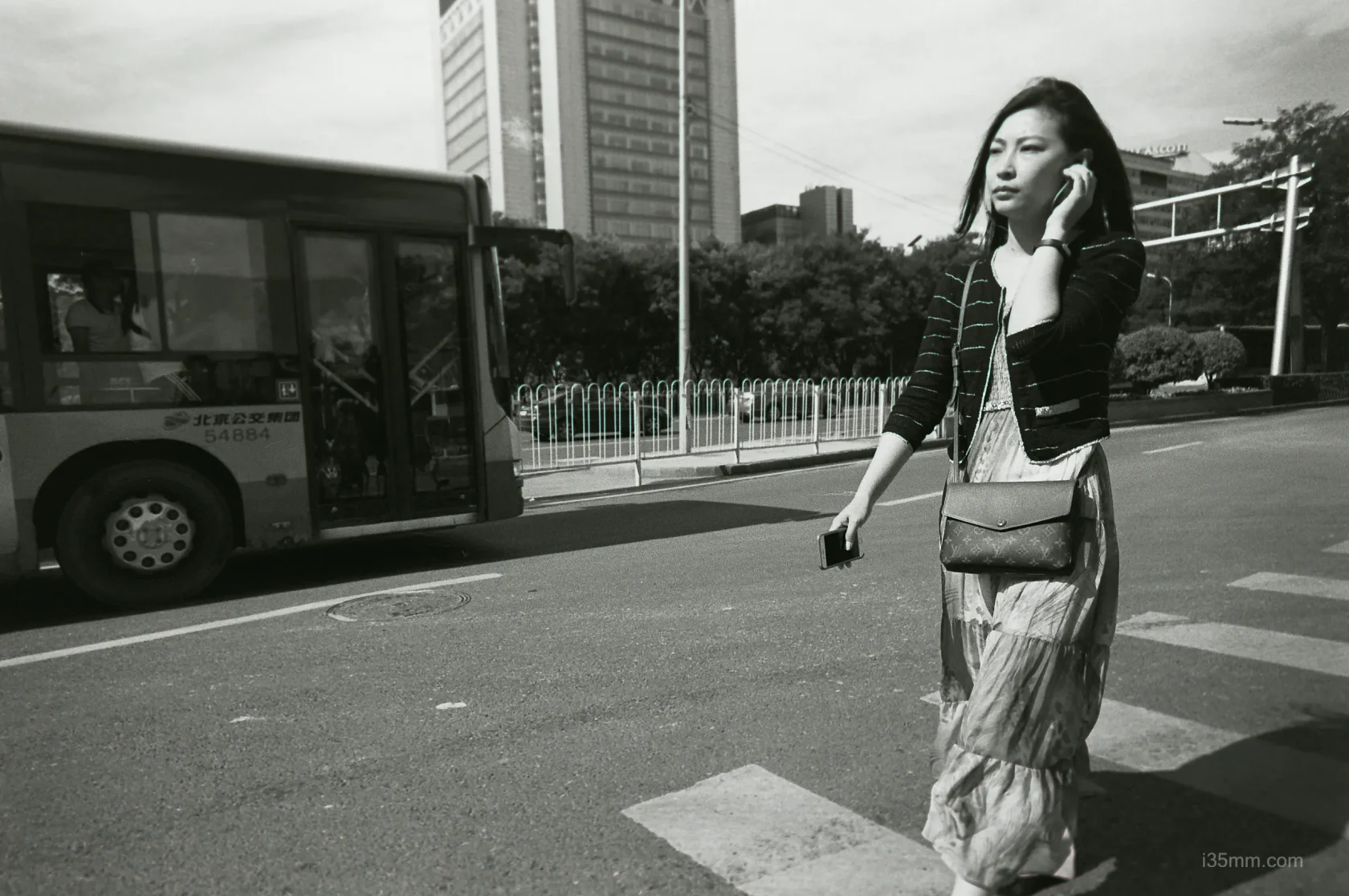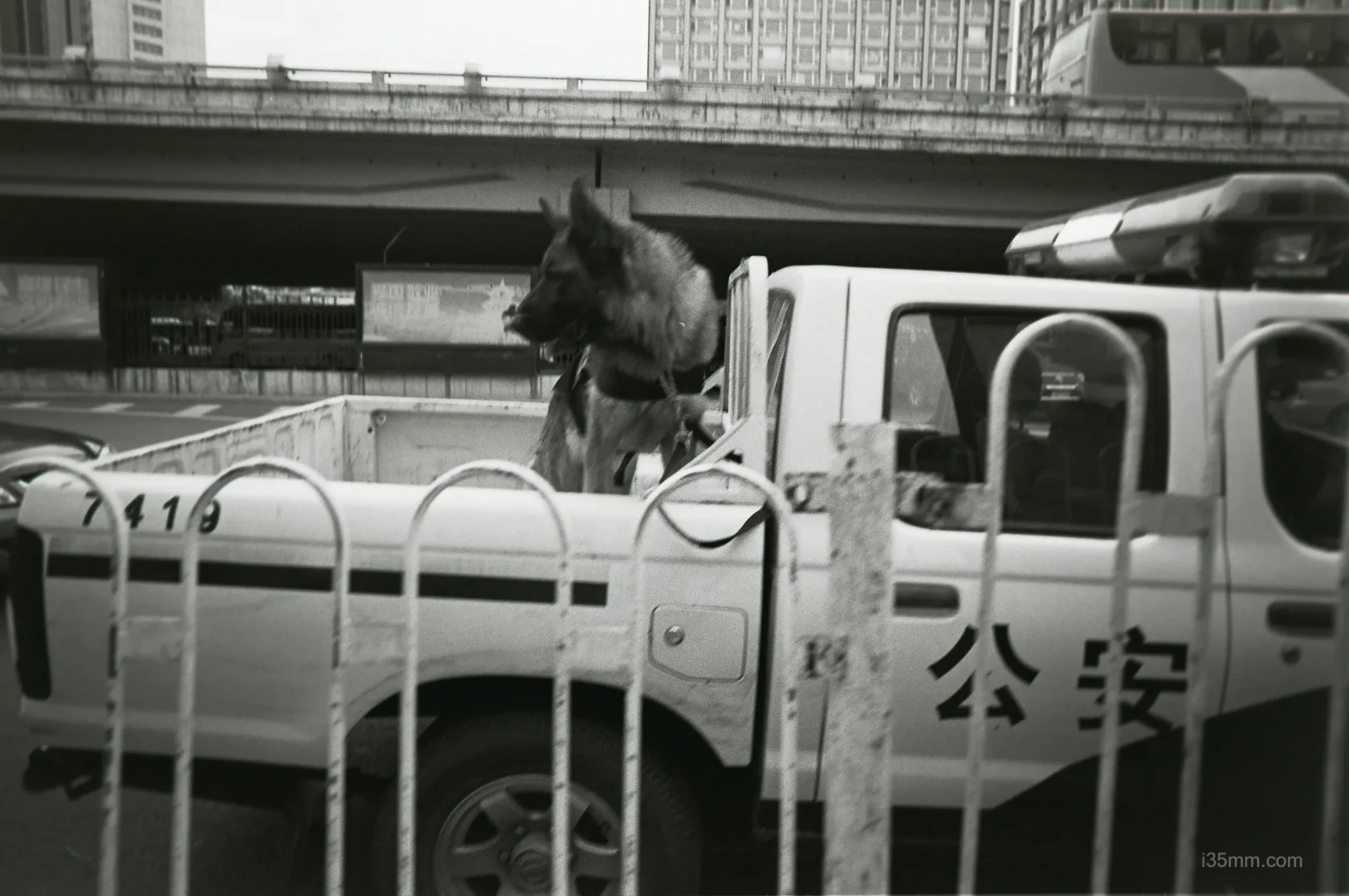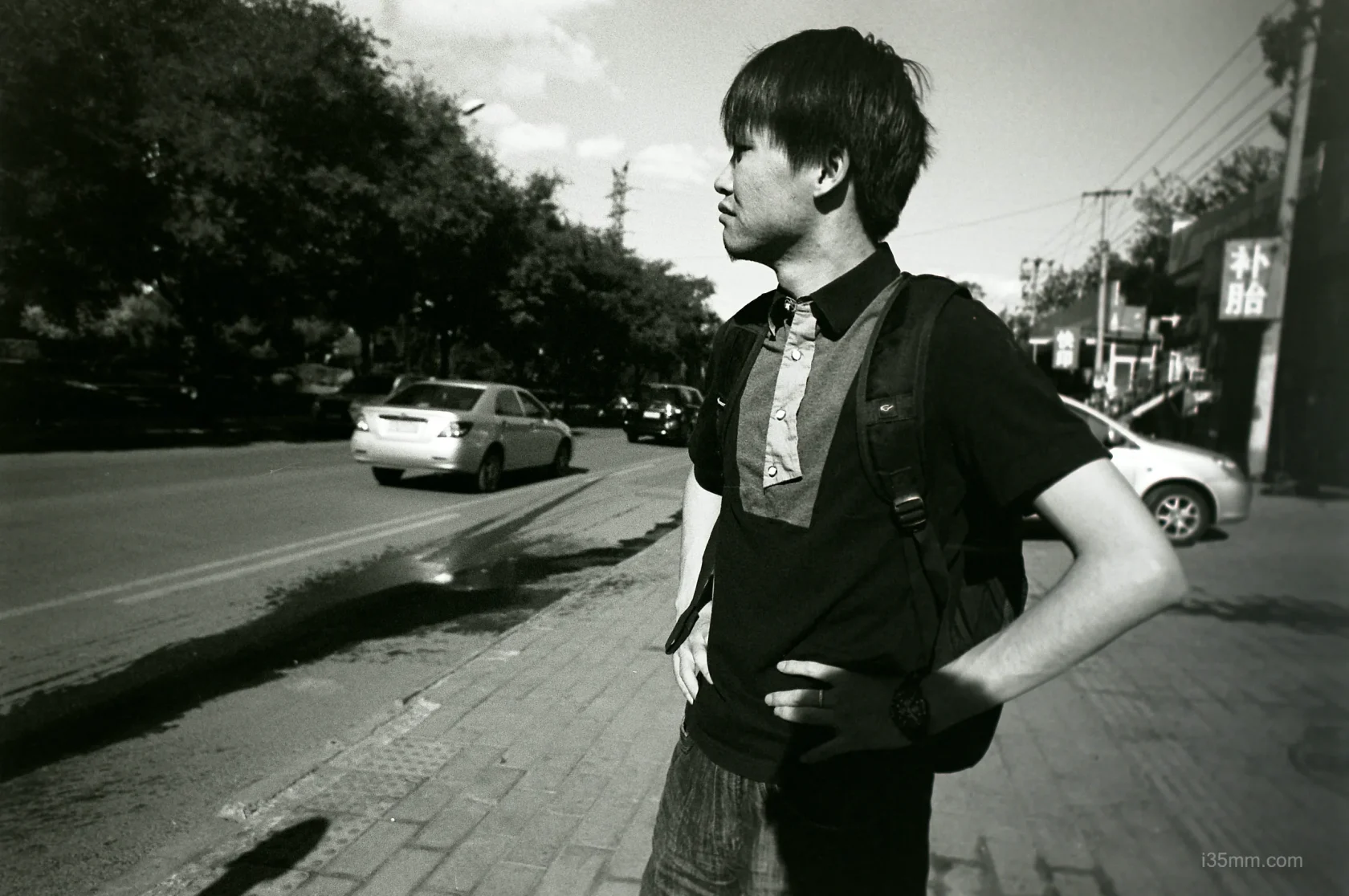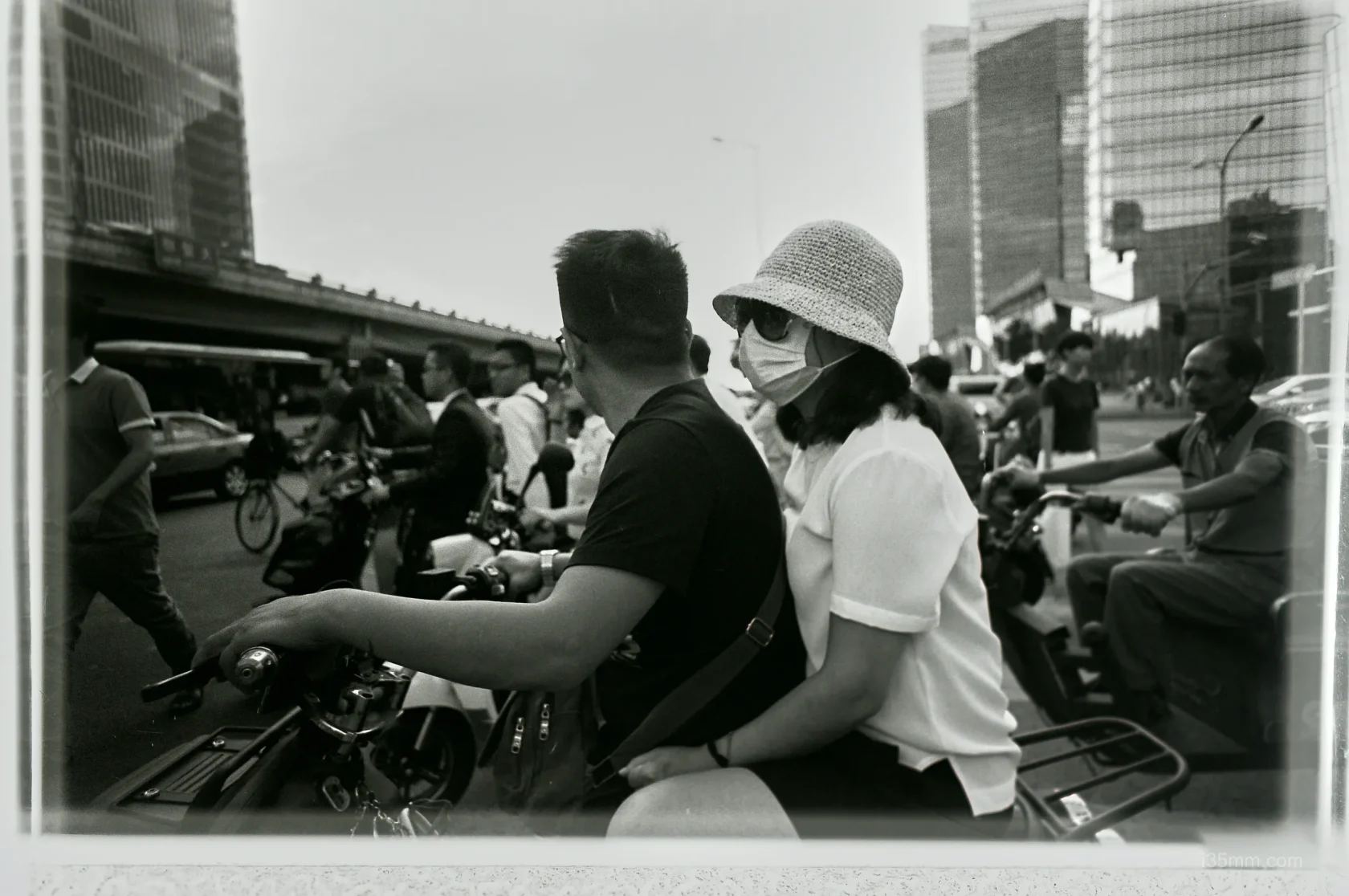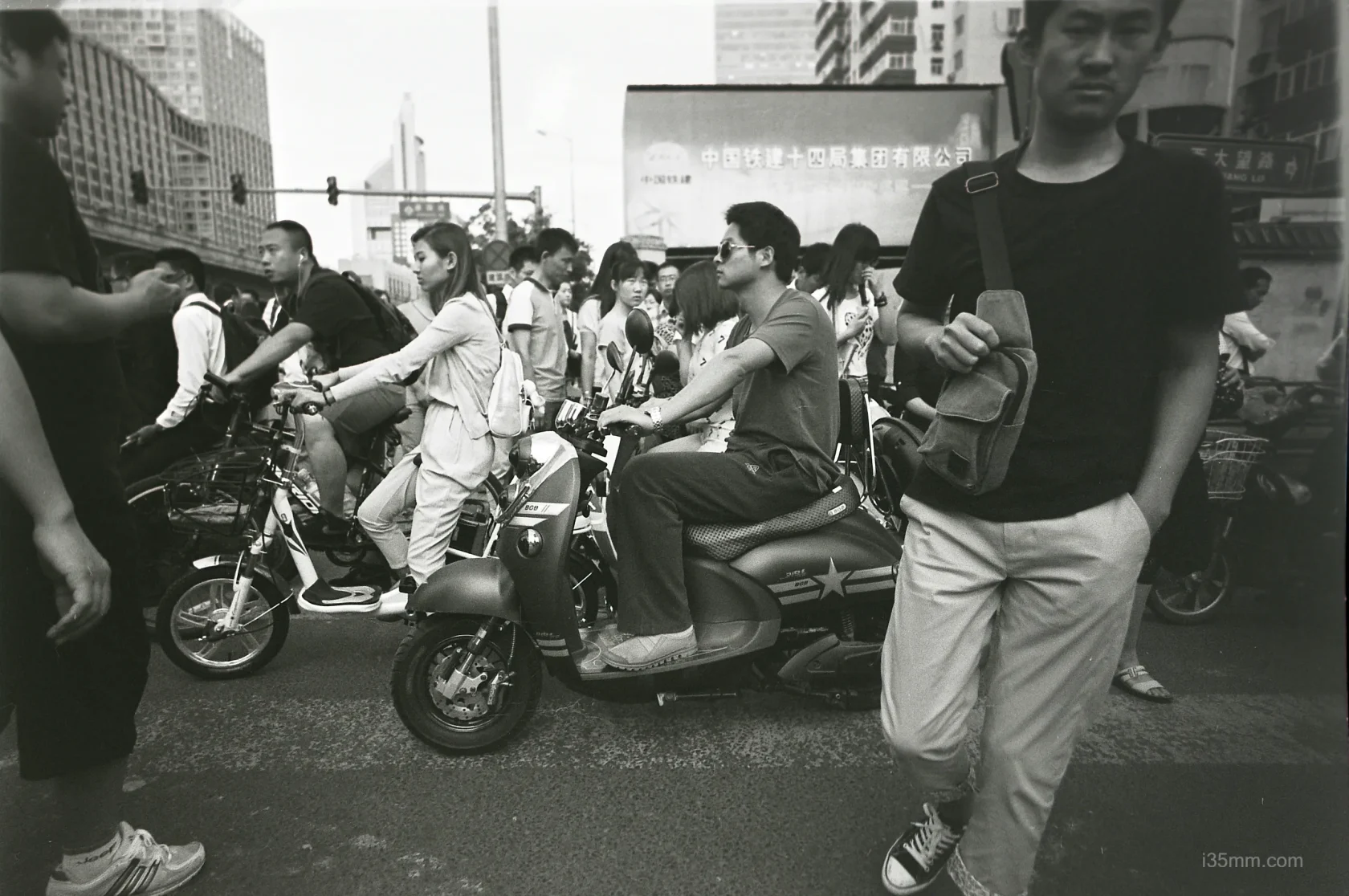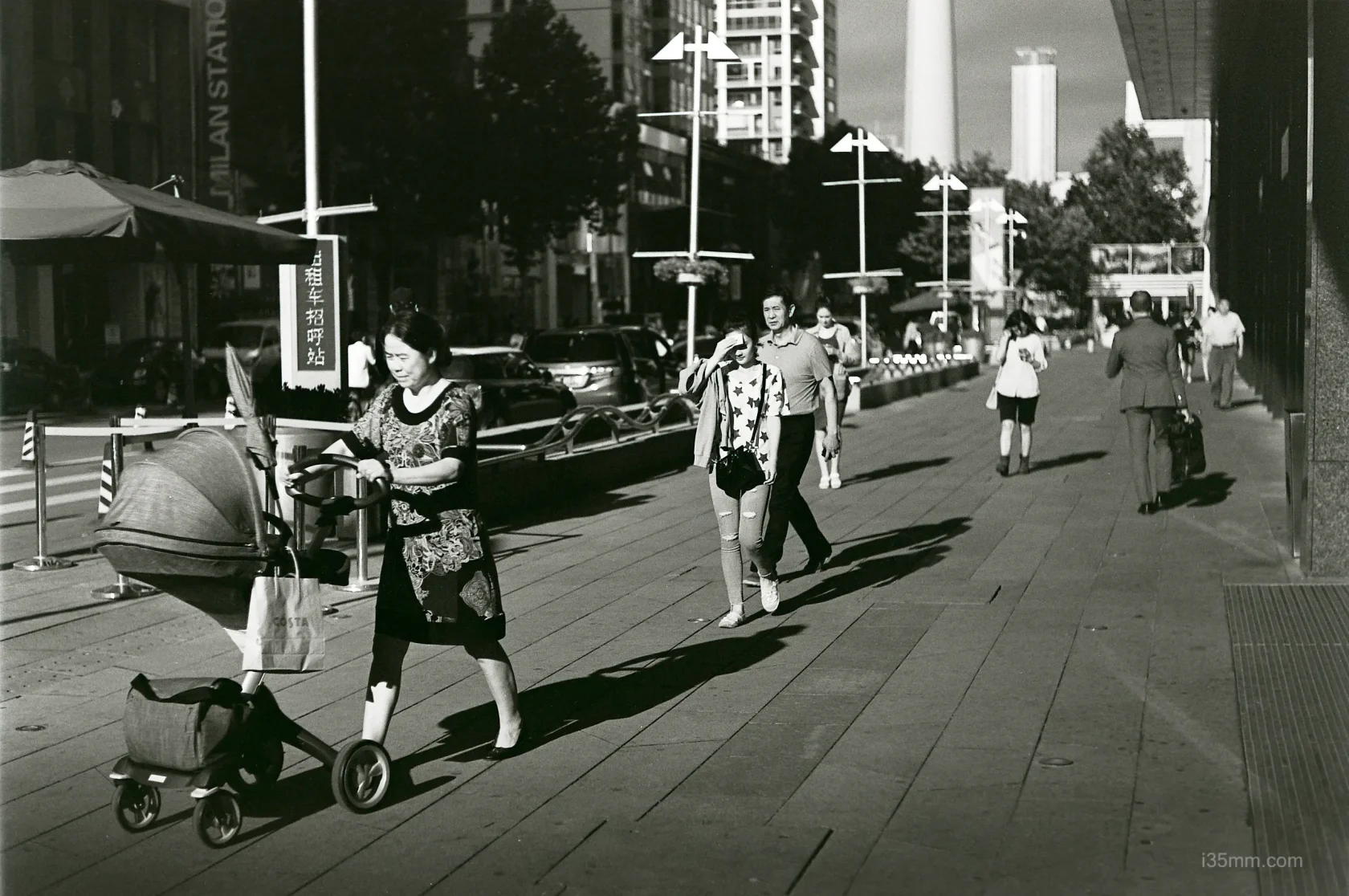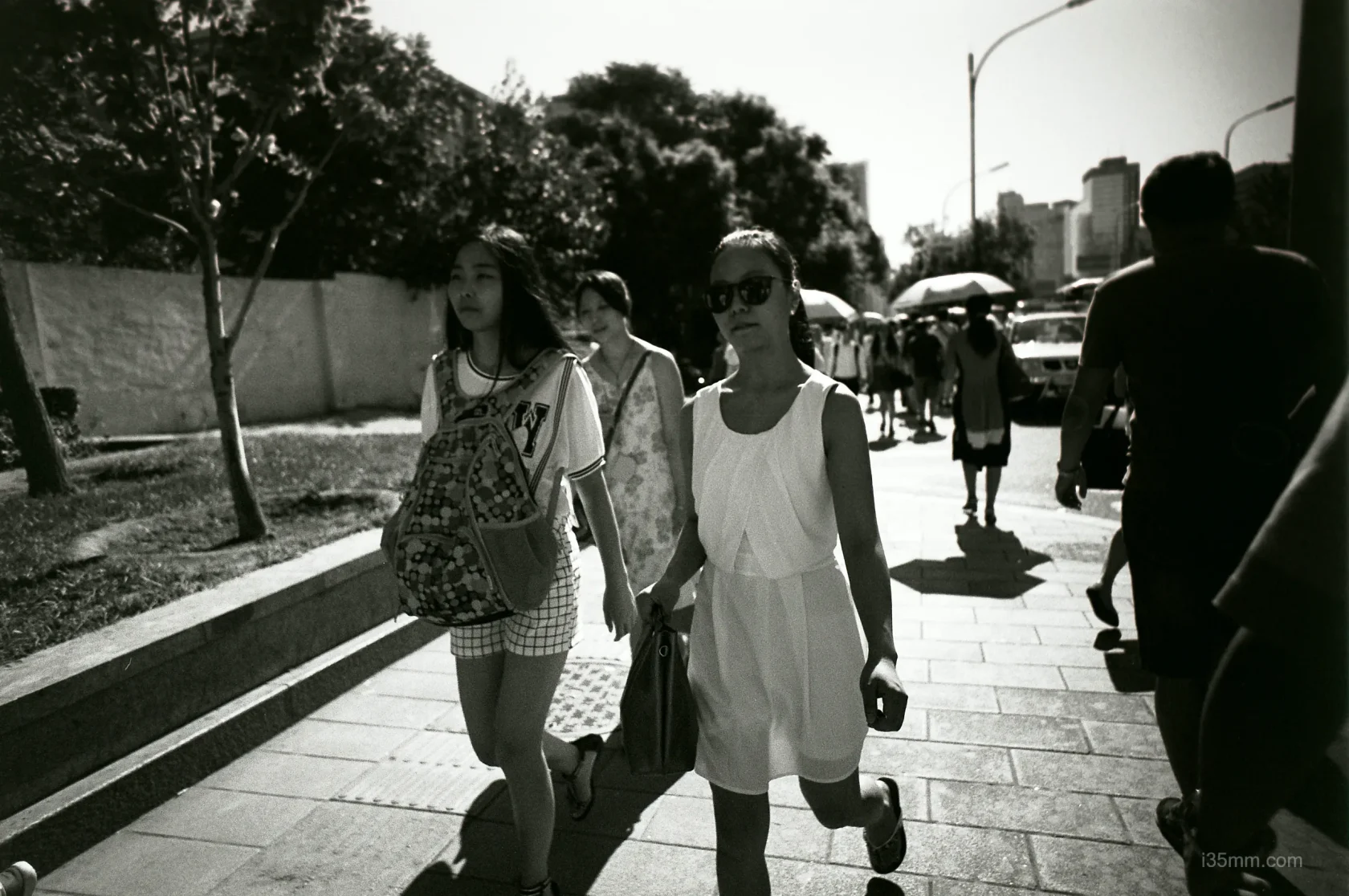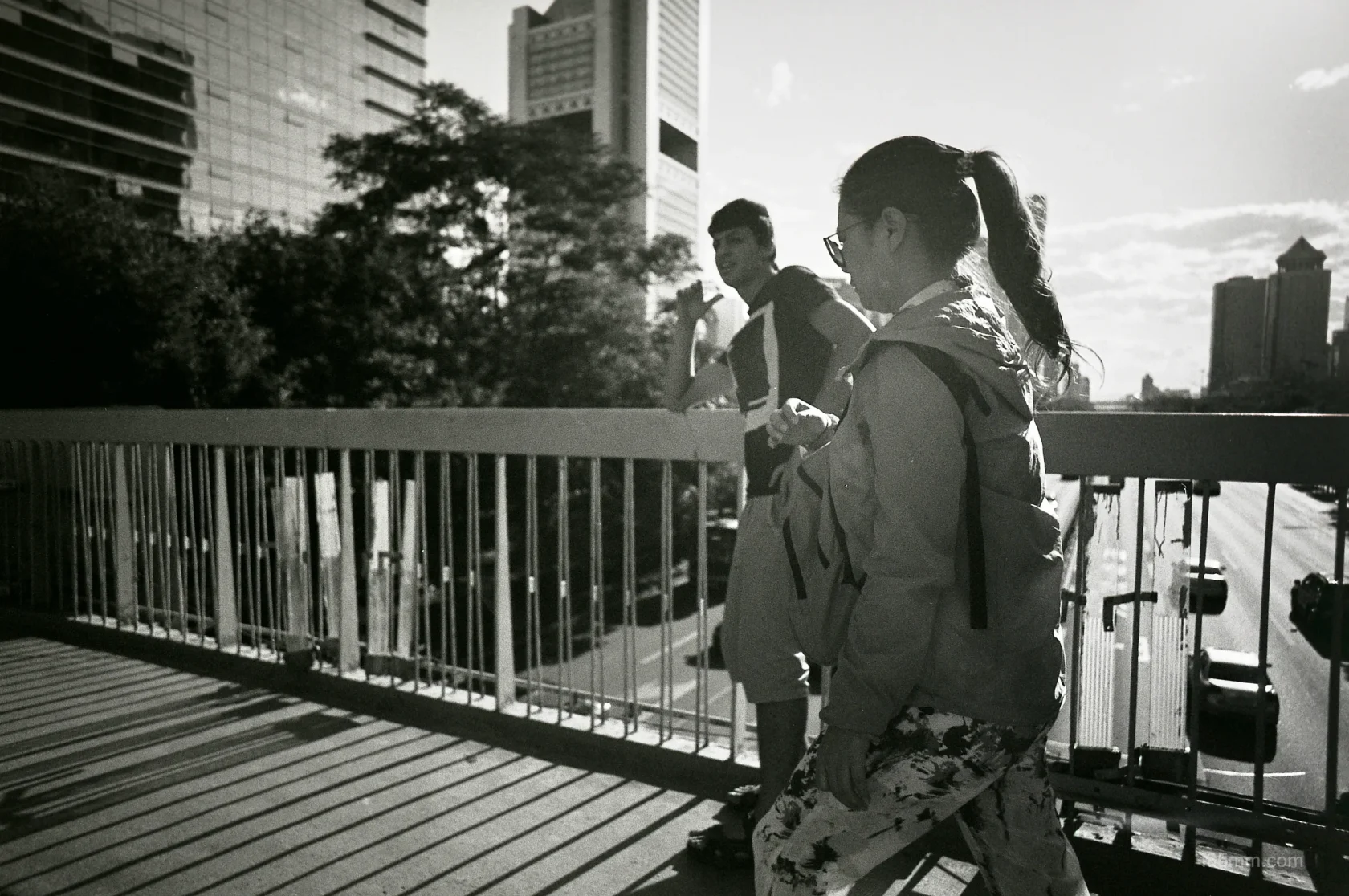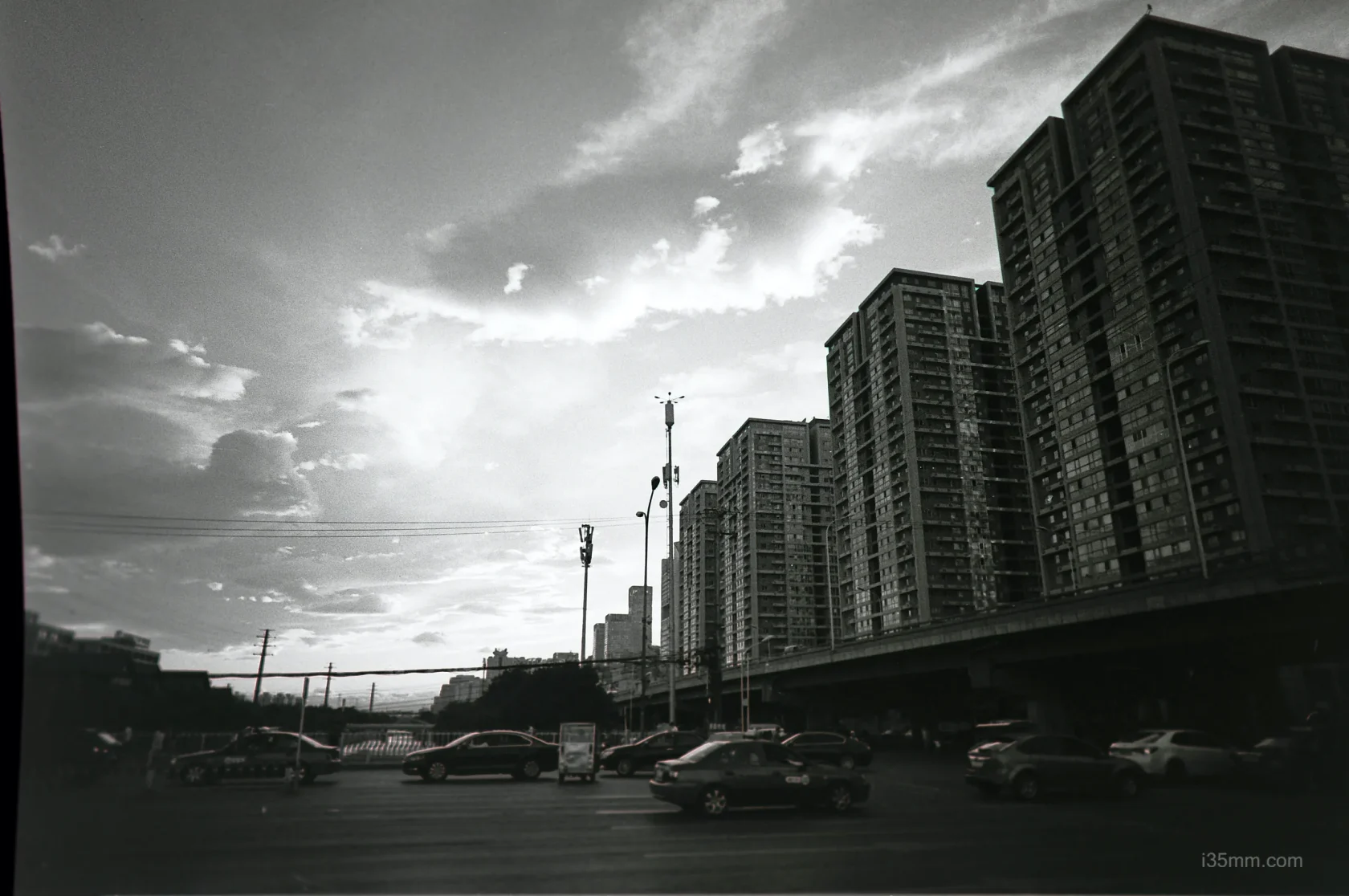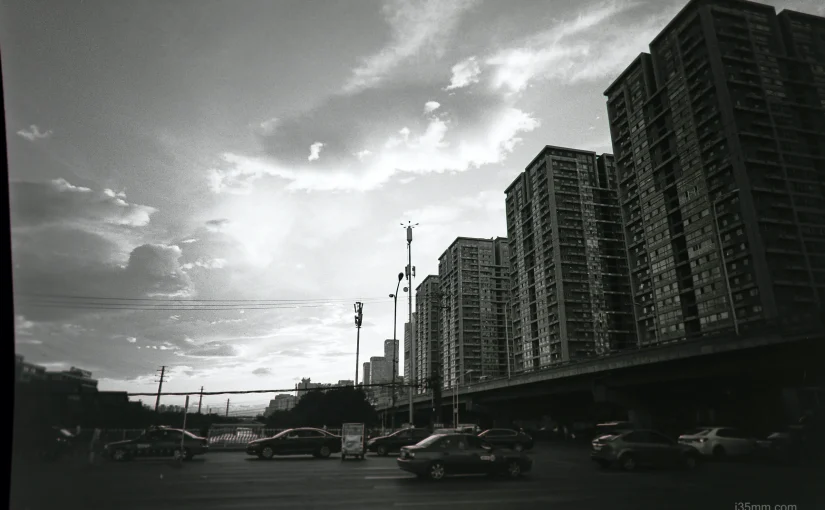The Democratization of Luxury
Born in 1984, the Leica M6 was the brand’s first “everyman” rangefinder. Gone were the brass top plates of the M3/M4; in came zinc alloy, plastic counters, and TTL metering. Purists howled, but photographers voted with their wallets – 20 years of production (1984-2003) cemented its status as Leica’s best-selling M. The genius of the M6? It made the unattainable attainable by wrapping professional-grade optics in a blue-collar shell.
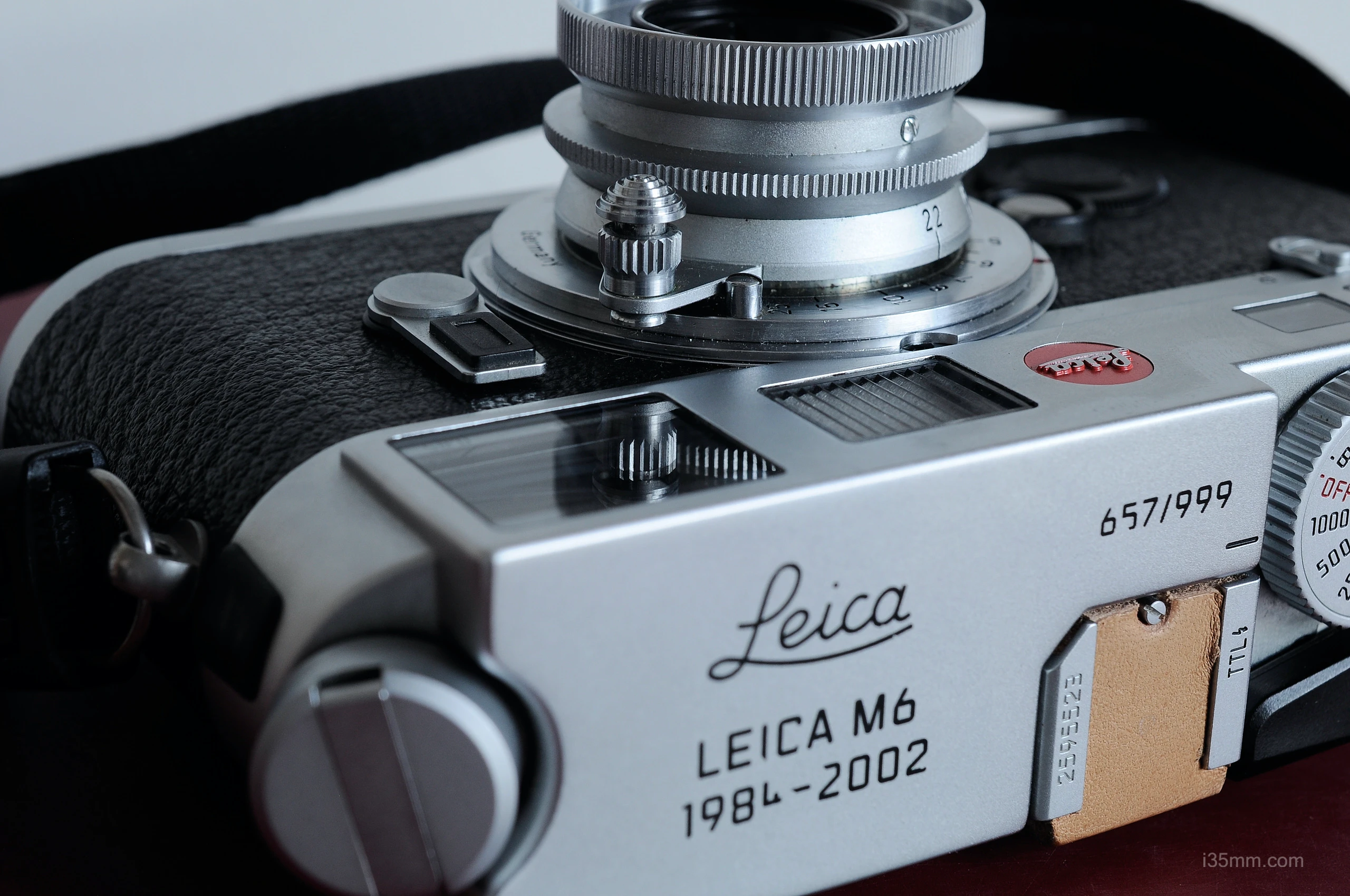
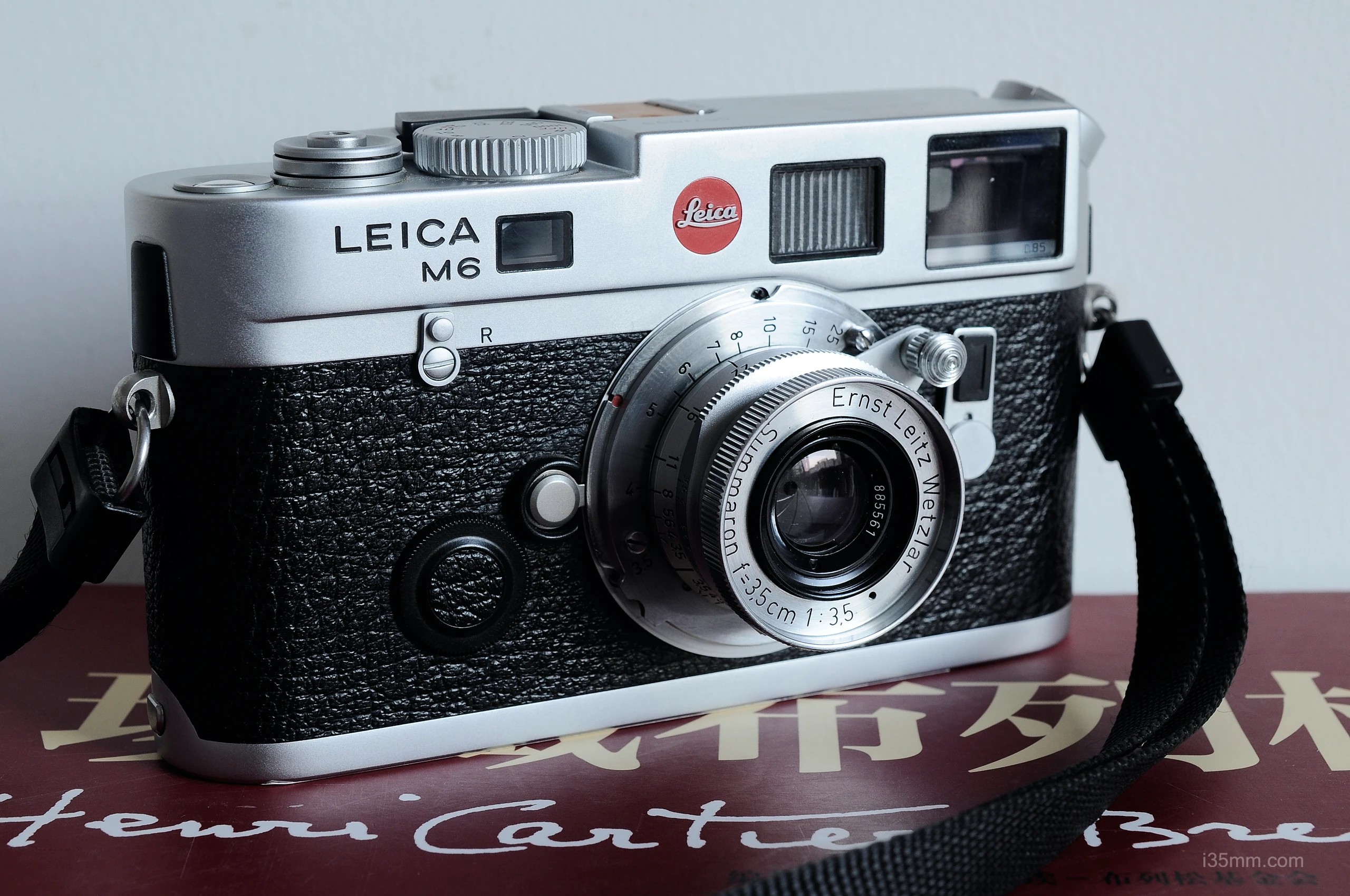
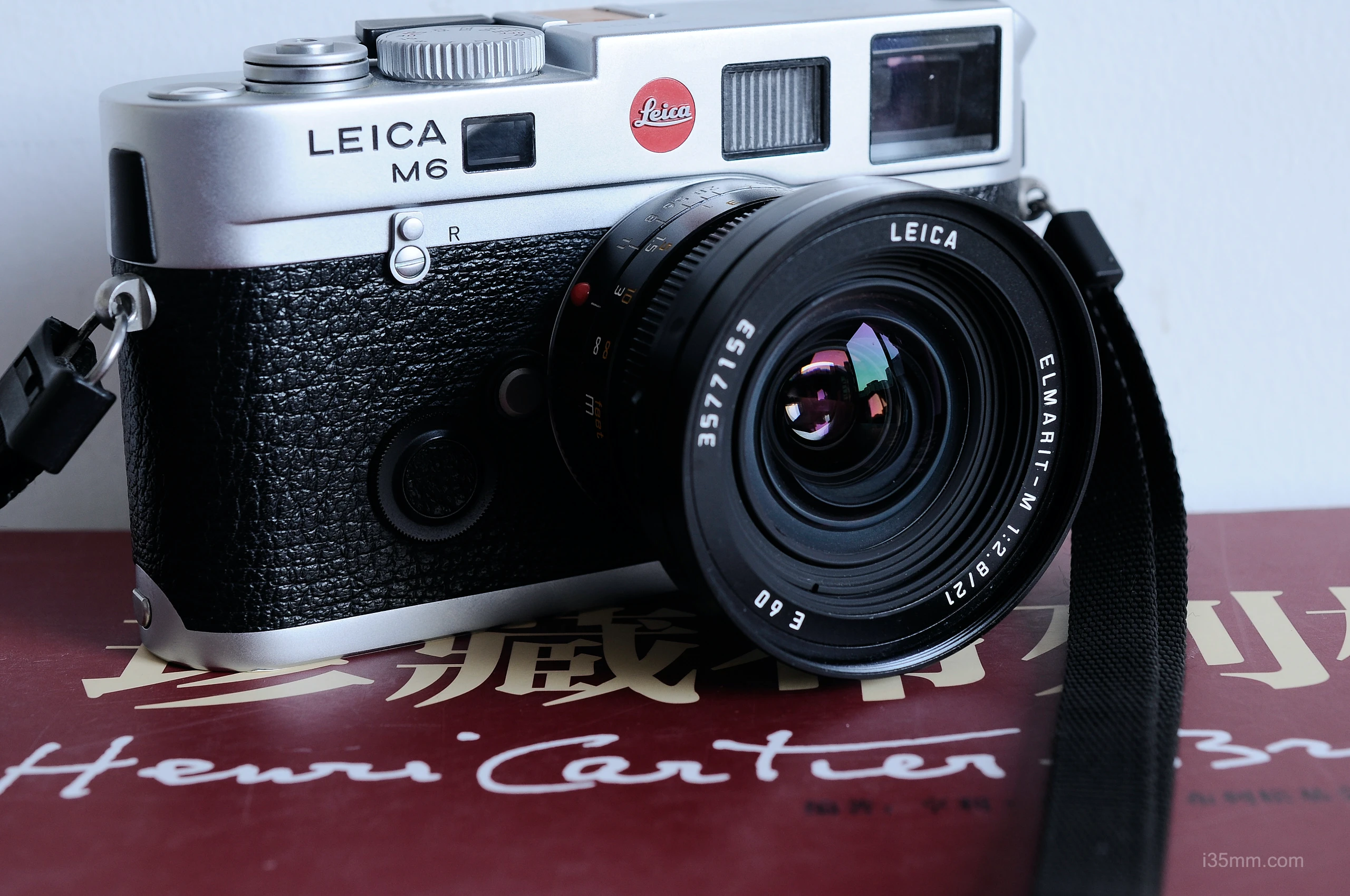
Design: Compromises as Virtues
1. The Zinc Gambit
Leica swapped brass for zinc alloy, shaving weight (565g vs. M3’s 580g) and cost. The result? A body that survives war zones, but develops “bubble wrap” paint defects-tiny bubbles that plague chrome and black models alike.
2. TTL Metering
Batteries? Two LR44s from any gas station.
3. The Red Dot Revolution
Leica’s iconic red logo debuted here, a flashy middle finger to the M3/M4’s austerity.(The red dot on the m4p is not in the top position.)
User Experience: Flaws as Features
1. Viewfinder Roulette
- 0.72x (standard): 35/50/90mm frame lines.
- 0.85x (Rare): Sharper for 50mm, but tends to flare.
- 0.58x (M6 TTL only): Wide angle sky.
2. Shutter Whisper
Quieter than the M3’s cannon fire, smoother than the M4’s click-a nod to street shooters.
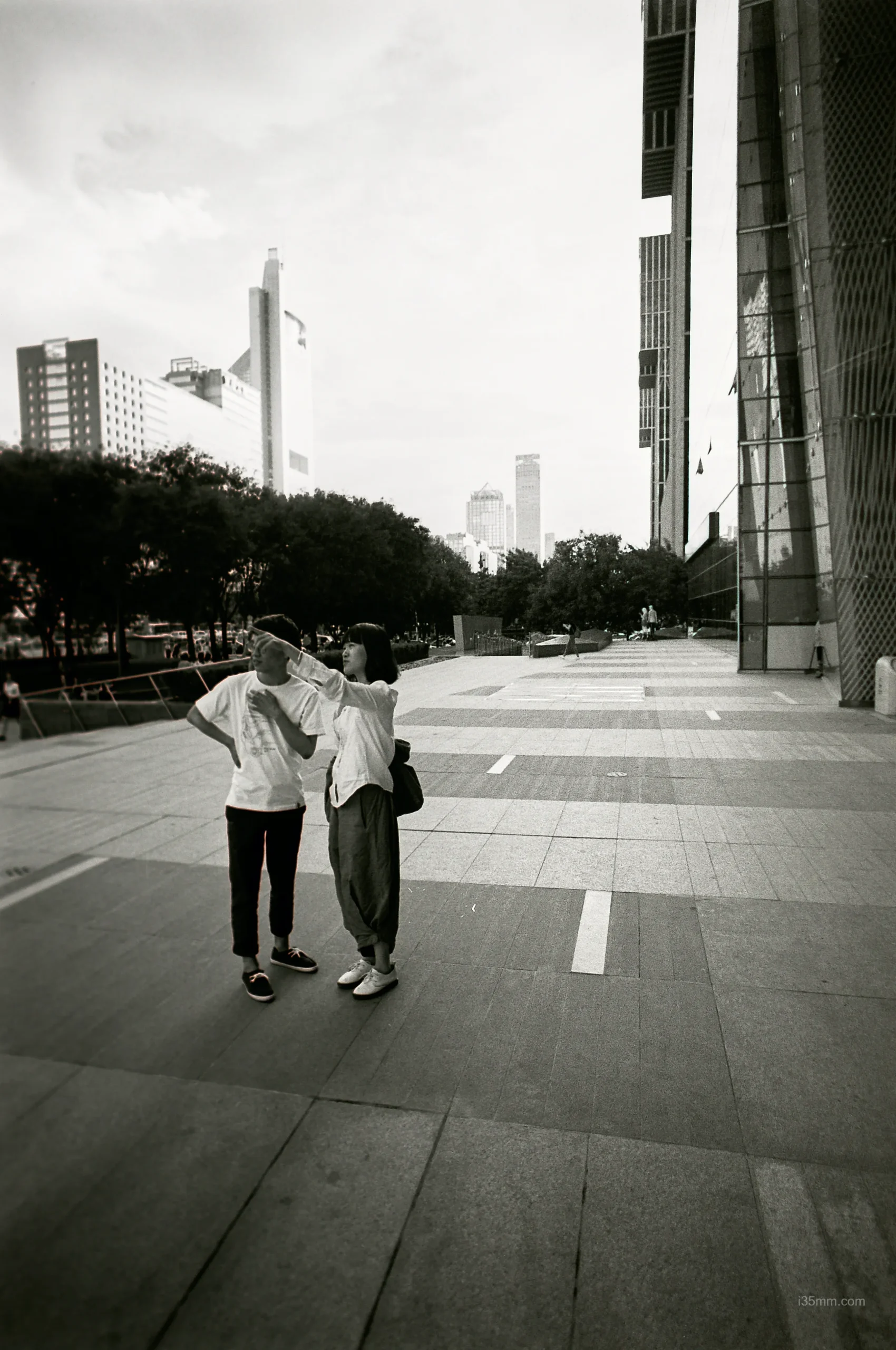
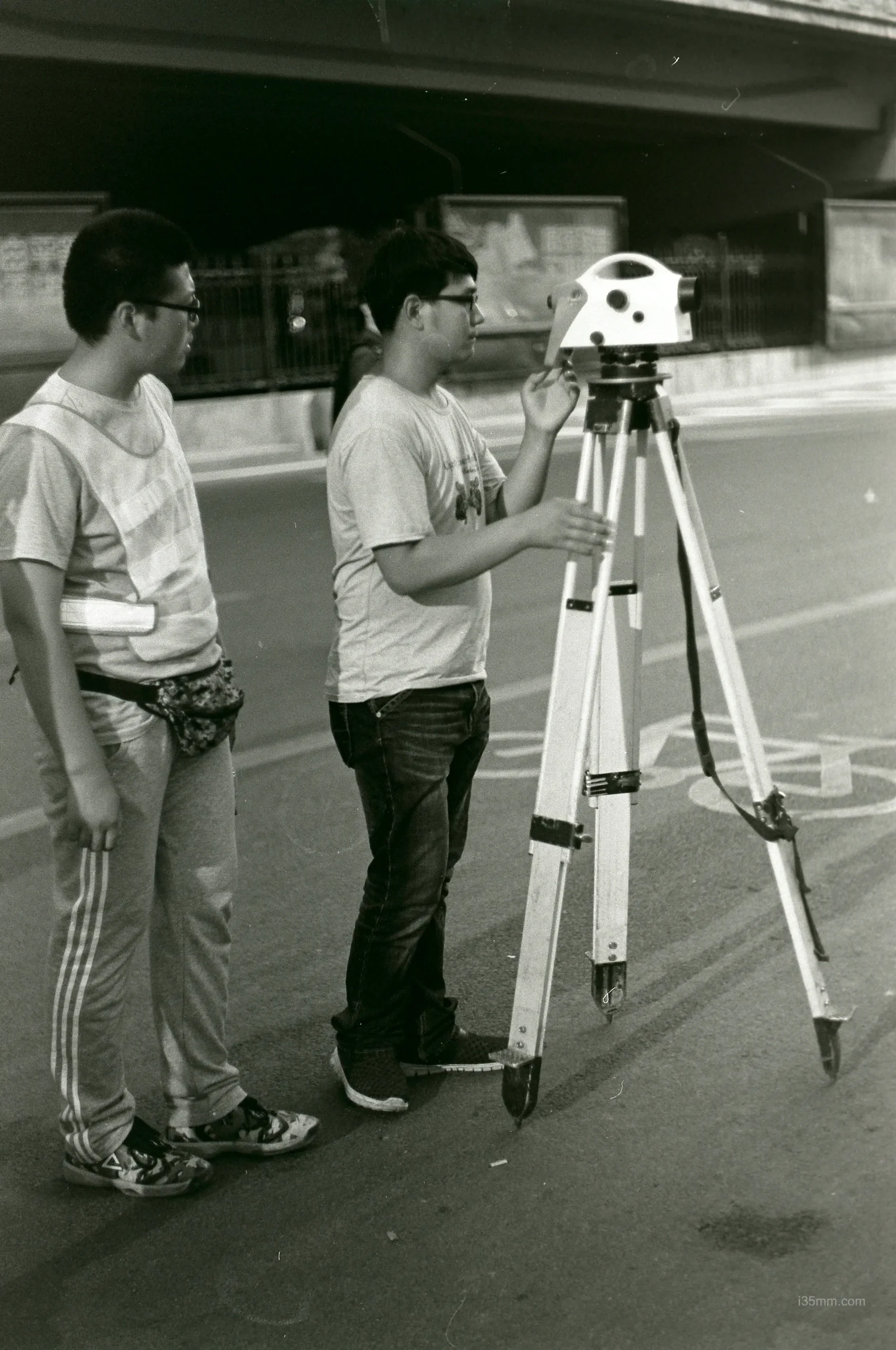
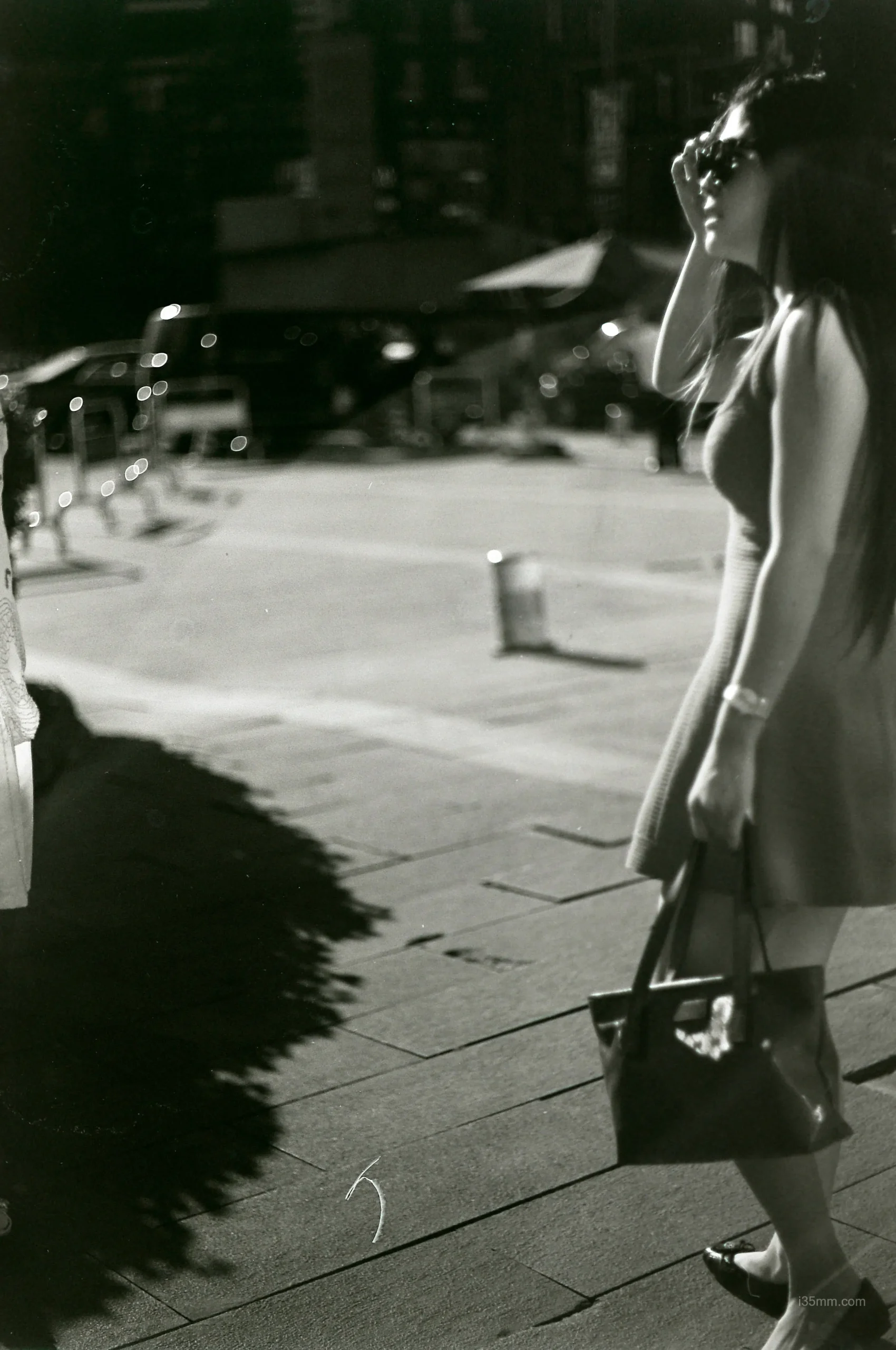
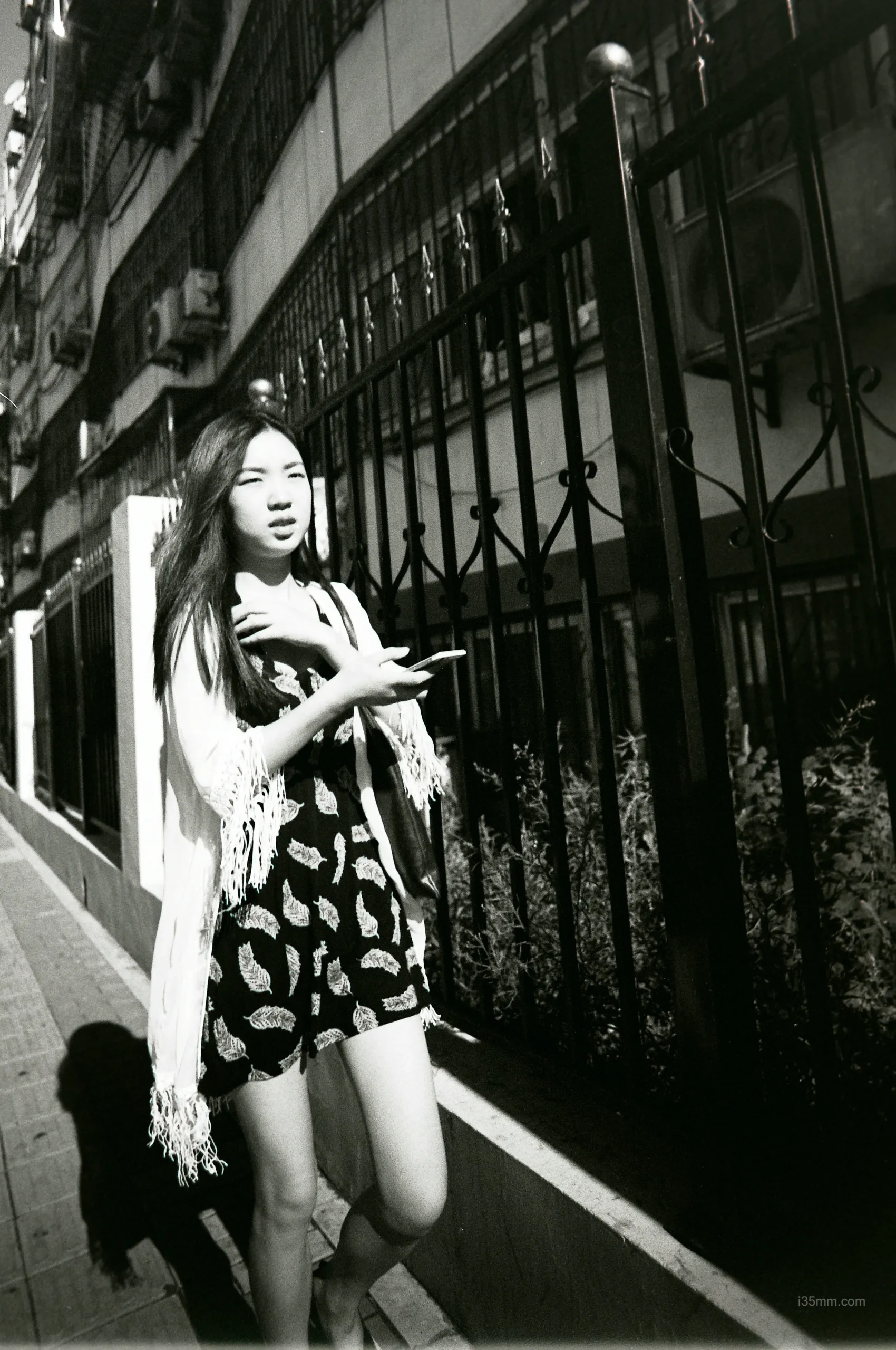
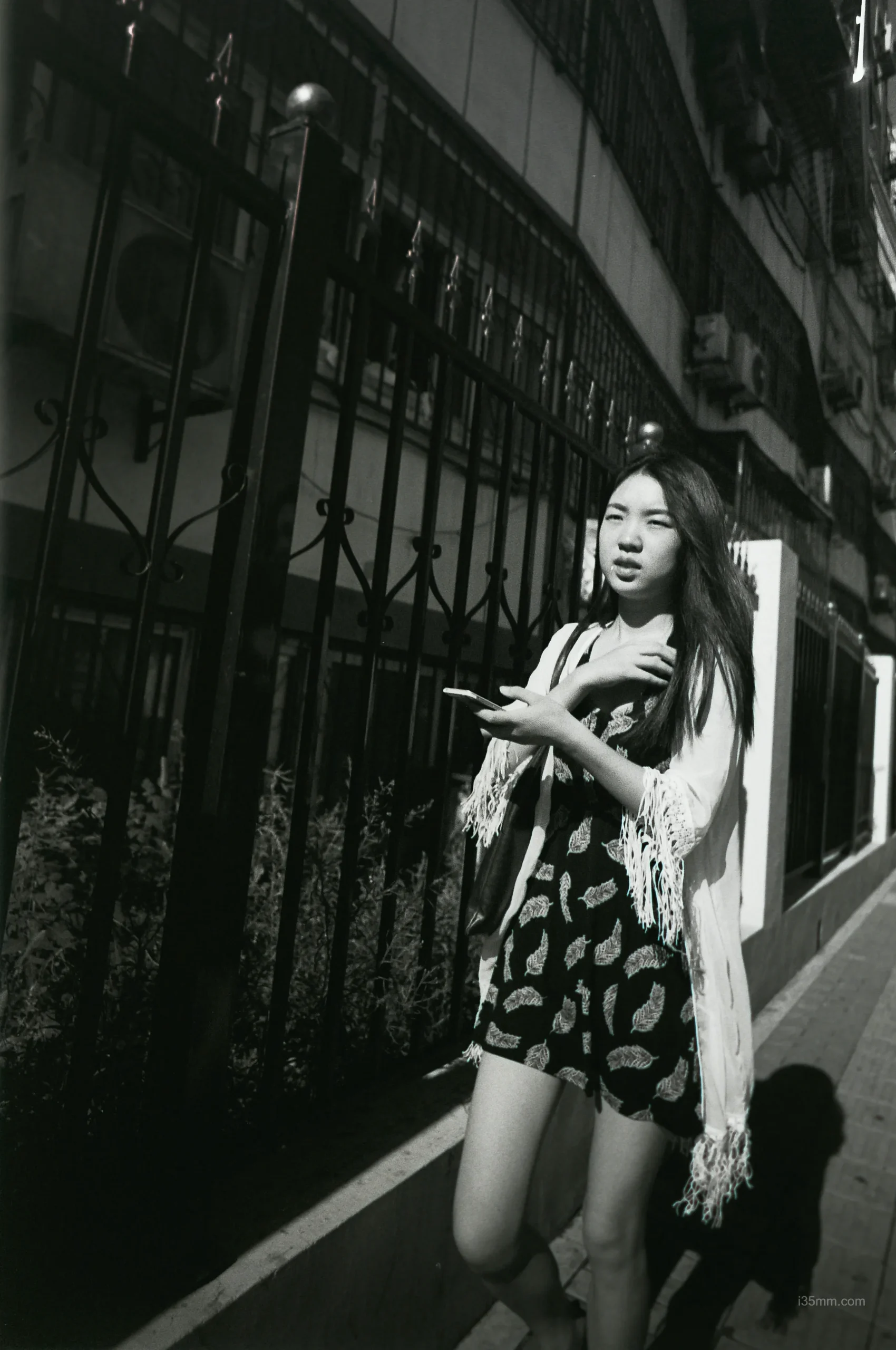
M6 vs. M6 TTL: Sibling Rivalry
| Feature | M6 (1984-1998) | M6 TTL (1998-2003) |
|---|---|---|
| Size | 138 x 77 x 38mm | 138 x 80 x 38mm (+3mm) |
| Weight | 565g | 605g |
| Shutter Dial | Turning down decreases speed | Turning up increases speed |
| Flash | Non-TTL | TTL flash metering |
| Batteries | 2x LR44 | 2x CR1/3N or 4x LR44 |
| Rarity | Common | Fewer, pricier |
Key differences:
- Size & Weight: The M6 TTL is slightly taller (by 3mm) and heavier (by 40g) than the M6.
- Shutter dial operation: The M6 has a shutter dial that turns down to decrease shutter speed, while the M6 TTL has a shutter dial that turns up to increase shutter speed.
- Flash capabilities: The M6 has non-TTL flash metering, while the M6 TTL has TTL flash metering, allowing for more accurate flash exposures.
- Battery types: The M6 uses 2x LR44 batteries, while the M6 TTL can use either 2x CR1/3N batteries or 4x LR44 batteries.
- Rarity & Price: The M6 is more common and typically easier to find, while the M6 TTL is less common and often more expensive due to its additional features and rarity.
The Cult of Imperfection
Who Should Buy an M6?
- Film Newbies: TTL metering beats sunny-16 guesswork.
- Nostalgia Hunters: Crave the red dot but can’t afford an MP.
- Working Pros: Zinc survives backpack abuse; brass patina is for Instagrammers.
- Flare Romantics: Call the whiteout viewfinder patch “artistic veiling glare.”
Avoid If: You’re allergic to:
- Paint bubbles (Leica’s version of chicken pox)
- Plastic parts in a $3000 camera
- Explaining “Why not just buy an M3?” in coffee shops
Collector’s Corner
| Model | Price (2025) | Quirk |
|---|---|---|
| Standard Chrome M6 | 2,000−2,000−2,800 | Entry to Leicadom |
| Black Paint M6 | 4,500−4,500−6,000 | Rare, bubbles = “character” |
| Titanium M6 | 8,000−8,000−12,000 | Scratch-prone unicorn |
| M6 “Millennium” | $15,000+ | Brass revival for the 1% |
Flawed Icon
The M6 is Leica’s Jeep Wrangler – clunky, imperfect, yet inexplicably endearing. It lacks the heirloom aura of the M3, but makes up for it with democratic charm. Shoot it hard, embrace its zinc scars, and remember: perfection is overrated when you’re too busy taking pictures.

Rating: 4/5
A camera that whispers ‘screw the rules’ in a brand built on them.
Pro tips:
- Pair with a Voigtländer 35mm f/1.4 ($600) for budget brilliance.
- Use Kodak Gold 200-its warmth masks the cold pragmatism of zinc.
- Ignore the bubbles; they’re just Leica’s way of keeping you humble.
